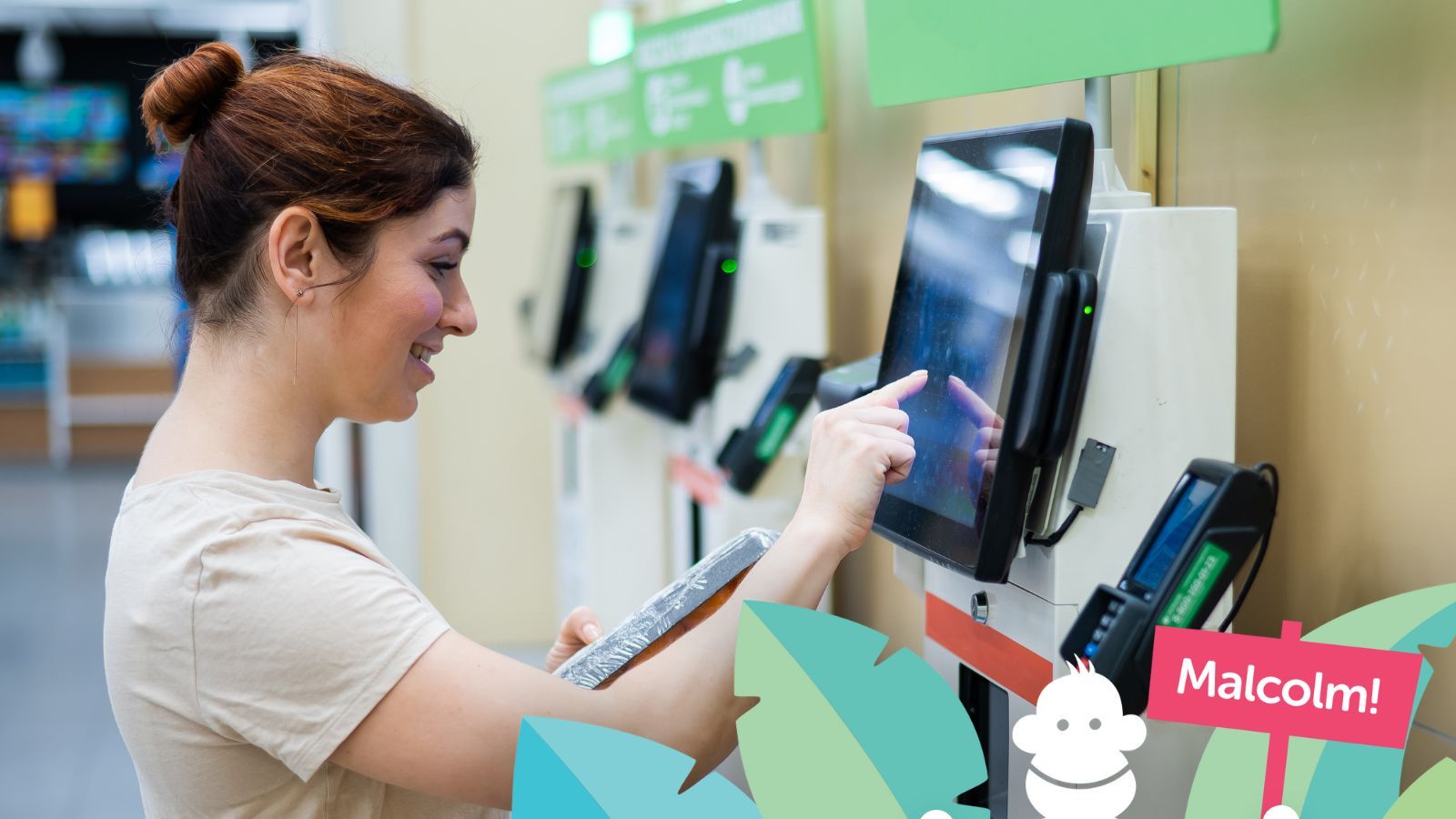Think you know all there is to know about self-service? Think again!
From the first coin-operated vending machines to the sleek digital kiosks we use today, self-service technologies have woven their way into the fabric of our daily lives - often without us even noticing.
But beyond the convenience and speed there's a world of fascinating stories, groundbreaking innovations and surprising impacts that self-service has had on society, technology and even the environment.
Ready to have your mind blown? Dive into these ten surprising facts about self-service that will make you see it in a whole new light!
1. The first self-service restaurant dates back to 1885
Before supermarkets adopted the model, the world's first self-service restaurant - the "Quisisana" automat - opened in Berlin offering meals from coin-operated dispensers.
2. Self-service technology was inspired by a toy
The concept of vending machines was initially inspired by Hero of Alexandria's 1st-century device designed to dispense holy water after inserting a coin—essentially a toy that laid the groundwork for future self-service technologies.
3. The first ATM was dismissed as unnecessary
The world's first ATM was installed in Enfield, London in 1967 but many initially dismissed it as a novelty that wouldn't catch on underestimating the public's desire for banking convenience.
4. Self-checkout systems predate the internet
The first patented self-checkout system was developed in 1984 showcasing an early push towards automating the retail experience well before the digital shopping era.
5. QR codes revolutionised self-service in Asia
Originally designed for tracking automotive parts, QR codes have become central to self-service technologies in Asia facilitating everything from payments to restaurant ordering years before gaining popularity in the West.

6. Self-service kiosks can Boost sales
Studies have shown that self-service kiosks in restaurants can lead to higher sales per order as customers are more likely to add extras and make impulse purchases when ordering digitally.
7. The psychology behind self-service
Research indicates that self-service options can lead to increased customer satisfaction by fulfilling a psychological need for control and efficiency in transactions.
8. AI and self-service are creating jobs
Contrary to the belief that automation and self-service technologies reduce employment they have been found to create jobs in tech support, maintenance and digital innovation sectors.
9. Self-service has environmental benefits
Digital self-service options significantly reduce the need for paper, contributing to environmental sustainability by lowering print material usage in banking, ticketing, and retail industries.
10. The unexpected pioneer of self-service: libraries
Long before supermarkets and ATMs, libraries were among the first institutions to adopt a form of self-service, allowing patrons to browse and select books directly from the shelves in the late 19th century.
Conclusion
These ten surprising facts about self-service reveal the depth and diversity of its impact on our daily lives and the economy. From its historical origins to the modern digital era, self-service technologies have continuously evolved, shaping consumer behaviour and business strategies in unexpected ways.
As we look to the future, the role of self-service in our lives is set to expand, driven by advancements in technology and an ongoing desire for convenience, efficiency and autonomy. For more insights and unexpected tales from the world of self-service technology, stay tuned to Malcolm's blog, where curiosity meets discovery!
